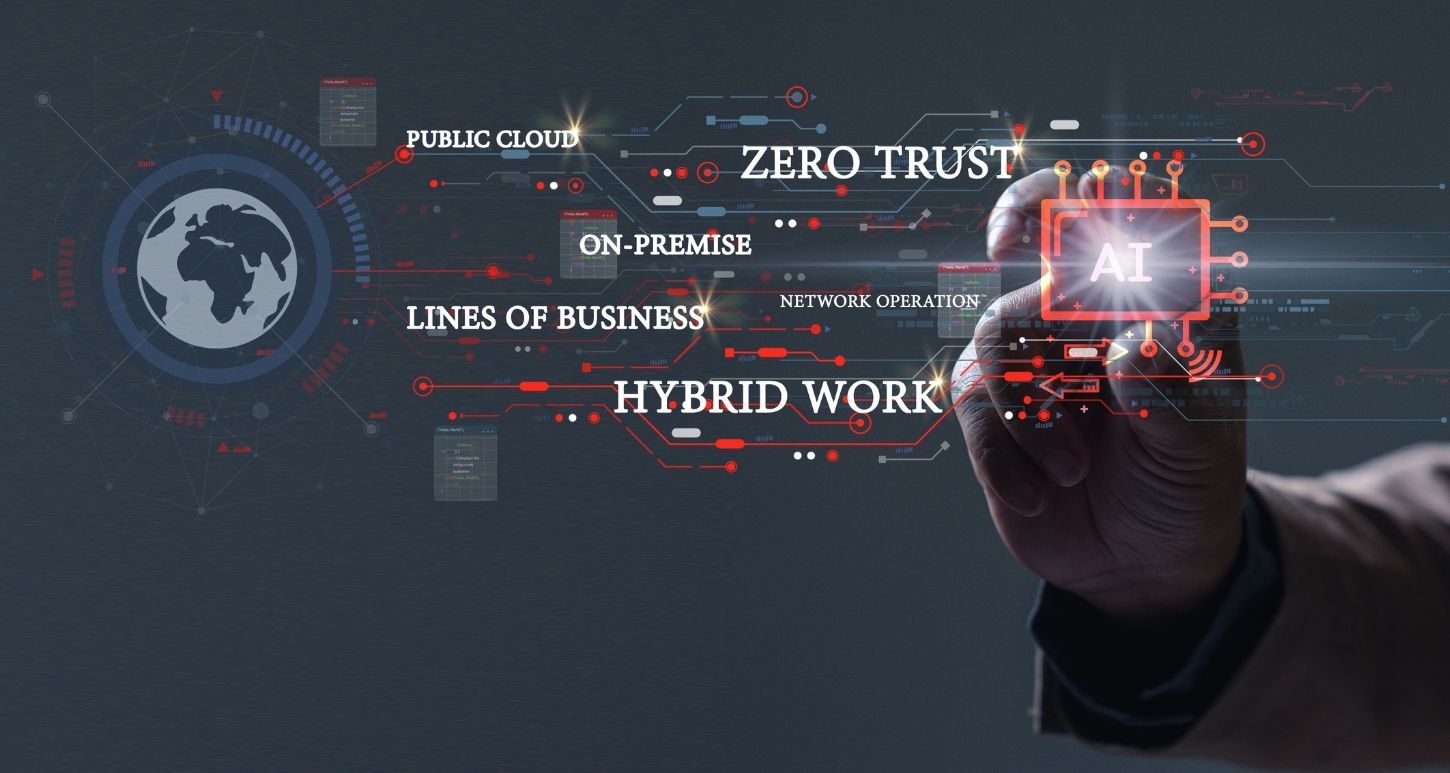As a sports fans, we’ve gotten very, very spoiled. Getting somebody under 30 years of age to imagine life without ESPN broadcasting sports 24x7x365 is like pondering life without smart phones. For a fun point of reference, take a look at a TV broadcast of a football game from the sixties; you can actually see the mylar sheet on which the score is printed waving slightly. Now, consider what sports fans are enjoying just fifty (50) years later.
We live in the Madden NFL era, where video games not only allow us to play armchair quarterback, but get into the action without the torn ACLs or brain trauma. And those rudimentary stats provided by unsophisticated box scores in the morning’s sports page are now provided instantaneously while you’re watching. And they’re anything but rudimentary.
Yes, it’s a great time to be a sports fan, and much of the phenomenal experience is provided to you from the world of machine learning.
NextGen Stats and AWS
In an attempt to buoy its brand and attempt to grow viewership, which has been on a slow, steady decline for a few years, the NFL is searching for new, cutting-edge ways to get fan in seats, both at the stadium and in front of man cave Flat Screens.
Prior to last season, the NFL followed Major League Baseball’s lead and selected Amazon Web Services (AWS) to become its official technology partner. Like MLB’s Statcast, AWS cloud and its machine learning technology deliver NextGen Stats, which is a sports statistics program developed by Zebra Technologies.
Real-time location data, including speed and acceleration for each player, is gathered from sensors scattered about stadiums that track tags affixed to players’ shoulder pads. Algorithms collect the data and integrate it fast enough to be used for live broadcasts. It allows for the tracking of each player’s movements down to the inch. But, more importantly, that information is passed on to viewers. In addition, chips are inserted into footballs, so viewers and team management can more easily determine if a punter needs to work on hang time or a QB needs to perfect his mechanics throwing particular routes.
The data is analyzed on AWS and provides stats unique to each player, including, for instance, how well a wide receiver is at getting open or how effective the offensive line is at protecting their quarterback. And it’s not just for the fans; the teams are enjoying the insights that AWS cloud-based machine learning can provide to their organization.
NextGen Stats attempts to bring to live football games what the Madden NFL Video game has for years—ways to better visualize the action on the field and gain deeper insights. And, from that, maybe help you win your fantasy football league championship.
It’s been around longer than you’d think
The NFL actually began tracking player movement through RFID tags with Zebra Technologies over five (5) years ago. It was unpublicized, perhaps intentionally, because it wasn’t used to enhance the fan experience. At that time, only teams utilized the technology, and were only given information about their own organization. They primarily used the information to track and monitor players’ recovery processes. For example, teams would try and identify whether players were overexerting themselves during pre-game workups by monitoring the times it took them to run pass routes during the game.
Wondering how AI and machine learning can benefit your organization?
If you’d like to learn about how GDT’s design engineers and solutions architects turn traditional, legacy infrastructures into innovative, agile machines that make customers more competitive, help them bring applications to market faster, and deliver a superior customer experience, contact them at SolutionsArchitects@gdt.com
They’ve worked closely with trusted partner AWS to deliver the many benefits the cloud provides to organizations of all sizes and from a variety of industries. They’d love to hear from you.
You can read more about how to digitally transform your infrastructure here:
Nvidia drops big chunk of change to round out its data center strategy
Intelligence limited only by your architectural imagination
Data growth— how to store all those 1’s and 0’s
Thank God I’m a country boy…as long as I get broadband
A road less traveled…than you’d think
Who doesn’t want to Modernize?
Workshops uncover insights into the state of IT and Digital Transformation
What is Digital Transformation?
The only thing we have to fear is…definitely not automation
Without application performance monitoring, your IoT goals may be MIA
When implementing a new technology, don’t forget this word
Automation and Autonomics—the difference is more than just a few letters
Is Blockchain a lie detector for the digital age?
If you fall victim to it, you won’t end up marking it as “like”
They were discovered on Google Play, but this is no game
Blockchain; it’s more than just Bitcoin
When being disruptive is a good thing




